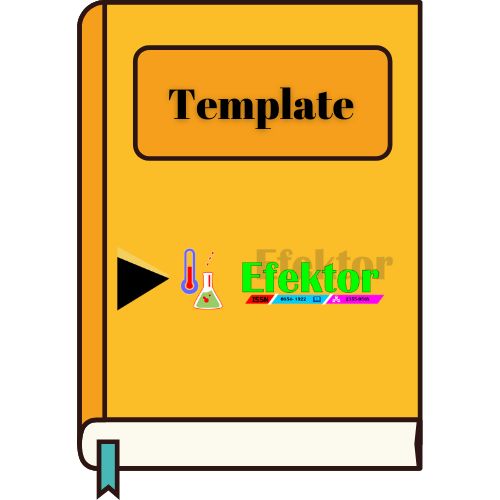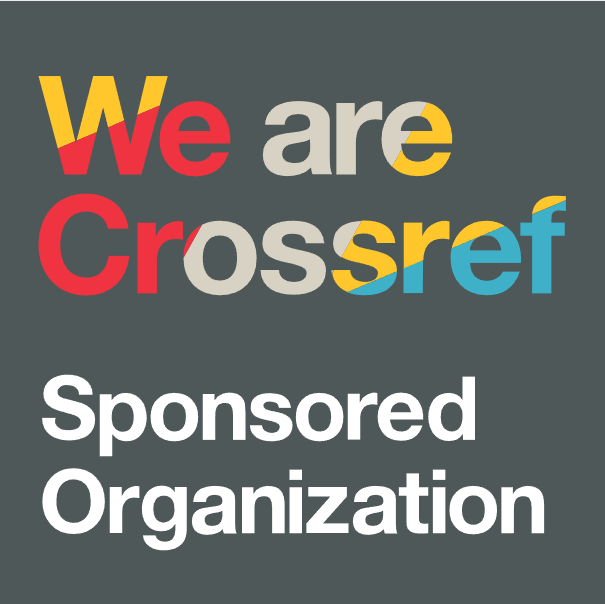Pengembangan Soal Matematika HOTS (Higher Order Thinking Skills) Kelas X Berdasarkan Triple Theory
DOI:
https://doi.org/10.29407/e.v5i2.12234Keywords:
Pengembangan Soal Matematika, Higher Order Thinking Skills, Triple TheoryAbstract
Rendahnya HOTS (Higher Order Thinking Skills) siswa berdasarkan hasil PISA 2015 dalam matematika menunjukkan bahwa karakteristik pembelajaran matematika masih terbiasa dengan soal-soal Lower Order Thinking Skills (LOTS).berdasarkan hal tersebut, perlu dikembangkan soal matematika HOTS kelas X berdasarkan Triple Theory. Penelitian ini bertujuan untuk menghasilkan soal matematika HOTS kelas X berdasarkan Triple Theory yang valid dan praktis. Penelitian ini merupakan penelitian pengembangan ( R & D) dengan model pengembangan berdasarkan Tessmer yang terdiri dari 2 tahap yaitu preliminary dan Tahap formative evaluation. Uji coba soal diadakan di kelas X SMA Negeri 1 Kediri. Instrumen pengumpulan data meliputi kisi-kisi soal, lembar soal, lembar validasi dan lembar angket. Draft soal yang dikembangkan sebanyak 8 butir soal. Hasil penelitian menunjukkan draft soal matematika HOTS valid. Hal ini berdasarkan perhitungan dengan rumus percentage of agreement lebih dari 75% dan berdasarkan nilai validitas butir soal yang lebih dari 0,392. Kepraktisan tergambar dari hasil uji coba soal dapat disimpulkan semua siswa dapat menggunakan draft soal matematika dengan baik. Hasil rata-rata skor kemampuan berpikir tingkat tinggi sebesar 16,05 dari skala 32.
References
Arifin, Z., & Retnawati, H. (2017). Pengembangan Instrumen Pengukur Higher Order Thinking Skills Matematika Siswa SMA Kelas X. PYTHAGORAS: Jurnal Pendidikan Matematika, 12(1), 98-108. doi:http://dx.doi.org/10.21831/pg.v12i1.14058
Arikunto, S. 2016. Dasar-Dasar Evaluasi Pendidikan Edisi 2. Jakarta: Bumi Aksara.
Grinnell, Richard M. & Unrau, Tvonne A. 2011. Social Work Reasearch and Evaluation (p.211). (9thed.). New York: Oxford University Press.
Krulik, S. dan Rudnick, J,A. 1999. Innovative Task to Improve Critcal and Creative Thinking Skills.In Stiff, Lee V.And Curcio, Frances R (Eds) from Developing Mathematical Reasoning in Grades K-12 (pp. 138-142). Riston, Virginia: The National Council of Teacher of Mathematics, Inc.
Lewy, Zulkardi, & Aisyah, Nyimas. 2009. Pengembangan Soal Untuk Mengukur Kemampuan Berpikir Tingkat Tinggi Pokok Bahasan Barisan dan Deret Bilangan Di Kelas IX Akselerasi SMP Xaverius Maria Palembang, Jurnal Pendidikan Matematika, 3(2): 14-28. https://scholar.google.com/citations
OECD. 2016. PISA 2015 Result in Focus. (Online), tersedia:(http://www.oecd.org/pisa), diakses pada tanggal 7 Juli 2017.
Sadono, Tri. 2013. Taksonomi-Taksonomi Pembelajaran. (Online), tersedia: http://trigurumetri.blogspot.co.id/2013/08/taksonomi-taksonomi-pembelajaran.html, diunduh 10 Juli 2017
Sugiyono. 2011. Metode Penelitian Kuantitatif, Kualitatif, dan R & D. Bandung: Alfabeta.
Sunaryo, Wowo. 2014. Taksonomi Kognitif. Bandung: PT. Remaja Rosdakarya.
Tessmer, Martin.1993. Planning and Conducting-Formative Evaluations. London, Philadelphia: Kogan Page.
Downloads
Published
Issue
Section
License
Authors who publish with this journal agree to the following terms:
- Copyright on any article is retained by the author(s).
- The author grants the journal, the right of first publication with the work simultaneously licensed under a Creative Commons Attribution License that allows others to share the work with an acknowledgment of the work’s authorship and initial publication in this journal.
- Authors are able to enter into separate, additional contractual arrangements for the non-exclusive distribution of the journal’s published version of the work (e.g., post it to an institutional repository or publish it in a book), with an acknowledgment of its initial publication in this journal.
- Authors are permitted and encouraged to post their work online (e.g., in institutional repositories or on their website) prior to and during the submission process, as it can lead to productive exchanges, as well as earlier and greater citation of published work.
- The article and any associated published material is distributed under the Creative Commons Attribution-ShareAlike 4.0 International License













